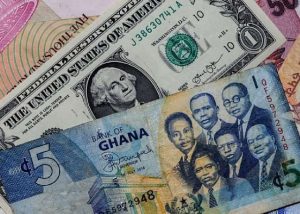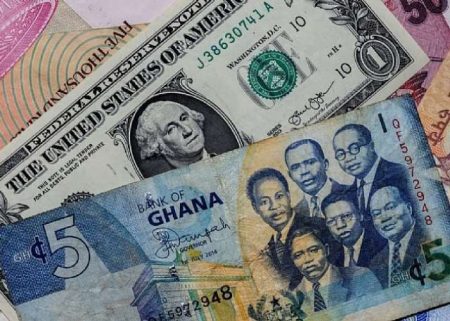The US dollar experienced a significant depreciation on Monday, reaching its lowest point since March 2022. This decline was primarily attributed to escalating concerns about the health of the US economy, fueled by President Trump’s public criticism of Federal Reserve Chairman Jerome Powell. Trump’s attacks, delivered via social media, labeled Powell a “major loser” and demanded immediate interest rate cuts. These actions raised anxieties about the potential compromise of the Federal Reserve’s independence, a cornerstone of US economic policy. The uncertainty surrounding this unprecedented presidential pressure on the central bank contributed to the dollar’s slide against other major currencies.
The dollar’s decline was broad-based, impacting its exchange rate against a basket of currencies. It fell to a decade-low against the Swiss franc, while the euro surged above $1.15, its highest level since November 2021. Sterling also strengthened against the dollar, reaching its highest point since September at $1.34. Similarly, the Australian dollar climbed to a four-month high of $0.6430, and the New Zealand dollar regained the $0.6000 mark for the first time in over five months. This widespread strengthening of other currencies against the dollar underscored the depth of investor concern regarding the US economic outlook.
Market analysts pointed to a confluence of factors contributing to the dollar’s weakness. President Trump’s aggressive trade policies, including the imposition of sweeping tariffs, were cited as a major source of uncertainty. These policies have introduced volatility into global markets and cast a shadow over the prospects for the US economy, the world’s largest. This uncertainty has prompted investors to pull funds out of US assets, further pressuring the dollar. The attacks on Powell, coming on the heels of these trade tensions, served to exacerbate investor anxieties and accelerate the dollar’s decline.
Vishnu Varathan, Head of Macro Research for Asia ex-Japan at Mizuho, characterized the situation as a “buffet for any dollar bear,” highlighting the multiple pressures weighing on the currency. He pointed to the “heightened uncertainty around the self-harm from tariffs” and the “loss of faith” in the US economy even before the latest attacks on Powell as key drivers of the dollar’s weakness. These comments reflect a growing consensus among market observers that the US economy is facing headwinds from both internal policy decisions and external trade disputes.
Adding to the complexity of the situation, Federal Reserve Chairman Jerome Powell had previously warned about the negative economic consequences of President Trump’s trade policies. Just days before Trump’s latest attacks, Powell had stated that the tariffs were larger than the Fed had anticipated and would likely lead to slower economic growth and higher inflation. He noted that the level of tariff increases was “significantly larger than anticipated” and would have corresponding economic effects. This public acknowledgment of the potential damage from the trade war further undermined confidence in the US economy and likely contributed to the dollar’s decline.
Meanwhile, the Nigerian naira experienced a mixed performance in the foreign exchange market during the same period. While the naira saw a marginal appreciation in the official market, closing slightly stronger against the dollar compared to the previous week, it suffered a significant depreciation in the parallel market. This divergence in performance between the official and parallel markets highlights the complexities and challenges facing the Nigerian economy amidst global currency fluctuations and domestic economic pressures. The naira’s vulnerability to external shocks, such as the decline in the US dollar, underscores the interconnectedness of global financial markets.














